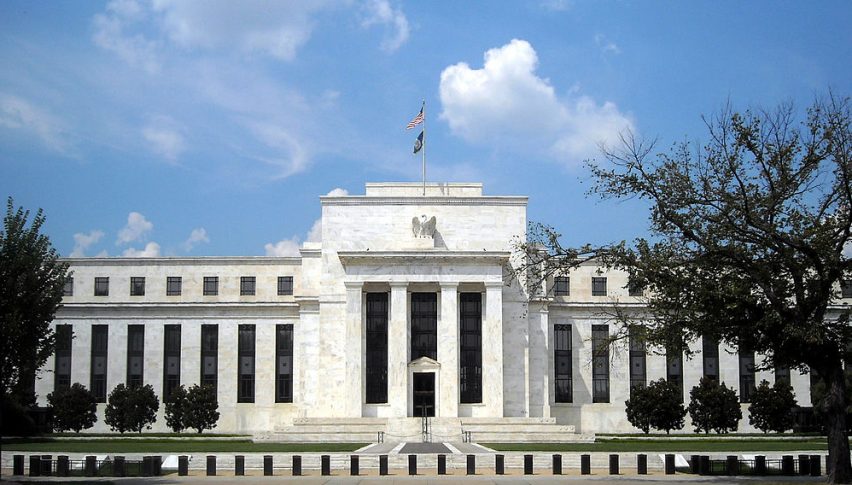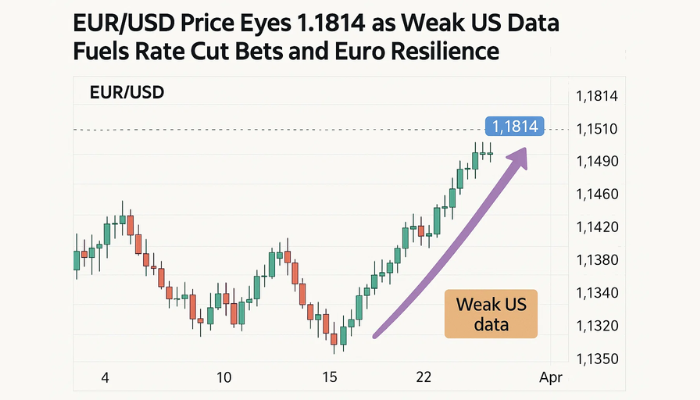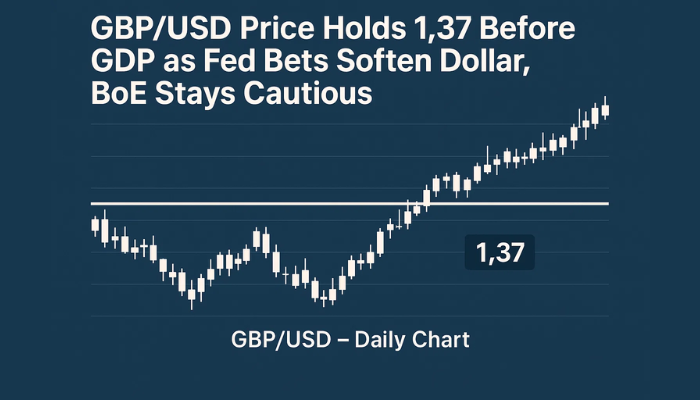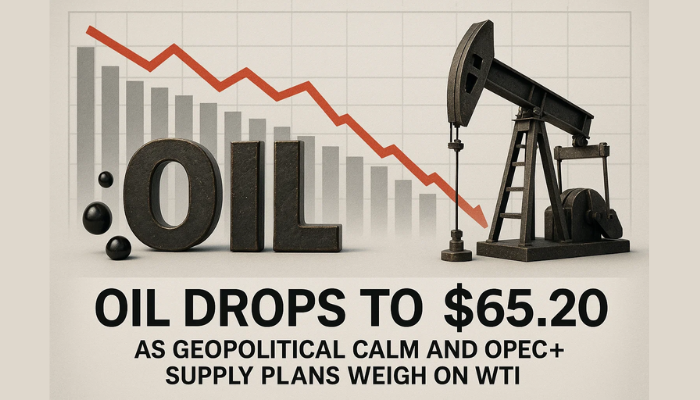Modest FED-Week Open For USD
Even though the markets widely expect a Wednesday, 30 October FED rate cut, the USD is holding relatively firm vs the majors.

FED-week is upon us and the USD isn’t doing much vs the majors. Tight ranges have been the forex rule on this Monday session as most Greenback-based pairs have shown moderate volatility. The headlines of the U.S. forex session have been a bullish breakout in the USD/JPY and whipsaw action in the USD/CHF.
Wednesday marks the second-to-last meeting of the FED for 2019. It has been a blockbuster year for monetary policy, with July and September bringing back-to-back rate cuts for the first time since the financial crisis of 2008. Will 30 October bring a third consecutive ¼ point cut to the USD? Below is a current look at the CME FEDWatch’s rate cut odds for Wednesday’s announcement:
Cut Probability
¼ Point 95.1%
½ Point 0.0%
Unchanged 4.9%
At the moment, there is about a 95% chance that the Federal Funds Target Rate is coming down to 1.50-1.75% at the 30 October meeting. Due to global economic uncertainty and a month of sub-par U.S. metrics, the rate cut is widely projected by the markets. Even though these expectations are overtly dovish, the USD is holding relatively firm vs the majors.
USD/CHF In Range Of Par
Over the past month or so, par value has been a key area of topside resistance for the USD/CHF. Once again, this important psychological barrier is coming into view.
+2019_10_28.png)
Here are the levels to watch in the Swissy as the FOMC meeting approaches:
- Resistance(1): Psyche Level, 1.0000
- Support(1): Bollinger MP, .9934
- Support(2): Daily SMA, .9925
Bottom Line: At this point, one has to believe that a Wednesday FED rate cut has already been priced into the USD. In addition, the Brexit extension does relieve a bit of the immediate uncertainty and is likely to reduce the bids hitting safe-havens. Subsequently, a continuation of the recent bull run in the Swissy is possible.
If rates of the USD/CHF do continue to rise, a sell from just beneath par is an ideal way to play the action. Until elected, I will have sell orders in the queue from .9989. With an initial stop at 1.0032, this trade produces 30 pips on a sub-1:1 risk vs reward management plan.
- Check out our free forex signals
- Follow the top economic events on FX Leaders economic calendar
- Trade better, discover more Forex Trading Strategies
- Open a FREE Trading Account


